Connecting colors and community: Seeley Lake addresses student resilience
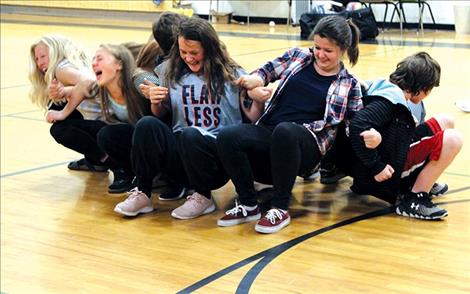
Zoie Koostra / Seeley Swan Pathfinder
Students sit back to back and attempt to stand up together in an activity demonstrating their need to rely on others for help.
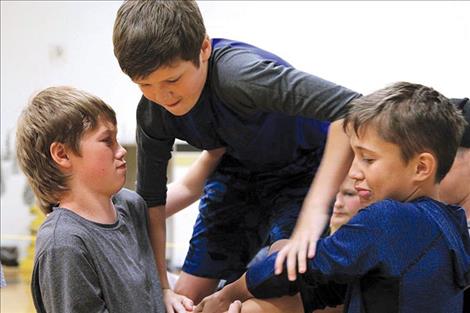
Zoie Koostra / Seeley Swan Pathfinder
Ban Haley crawls over an arm ladder made by other students in an attempt to get over a “fence” made of string.
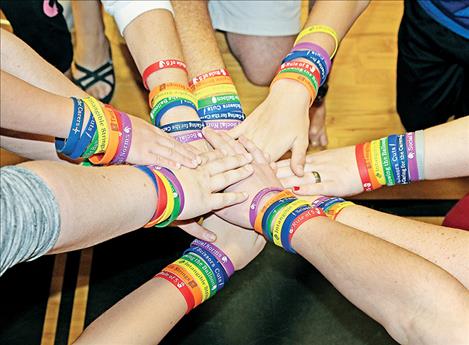
Zoie Koostra / Seeley Swan Pathfinder
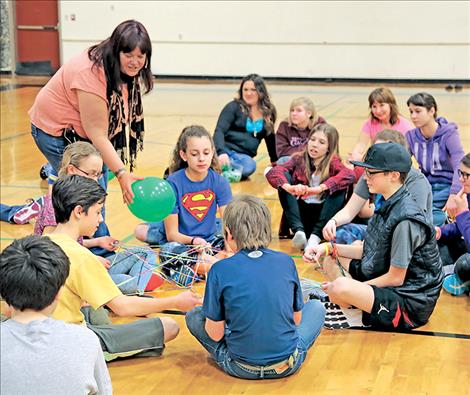
Zoie Koostra / Seeley Swan Pathfinder
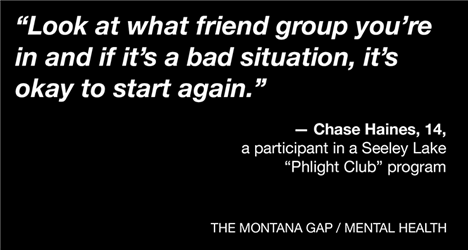
Zoie Koostra / Seeley Swan Pathfinder
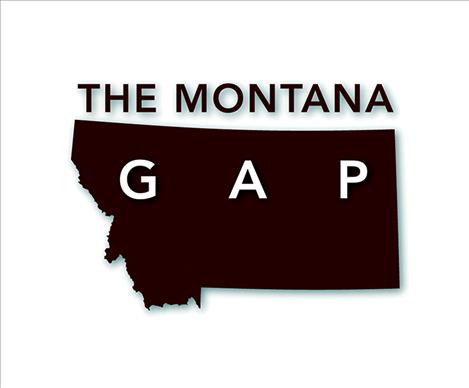
Issue Date: 8/22/2018
Last Updated: 8/23/2018 12:01:52 PM |
by Zoie Koostra, Seeley Swan Pathfinder
Keep Reading!
You’ve reached the limit of 3 free articles - but don’t let that stop you.















